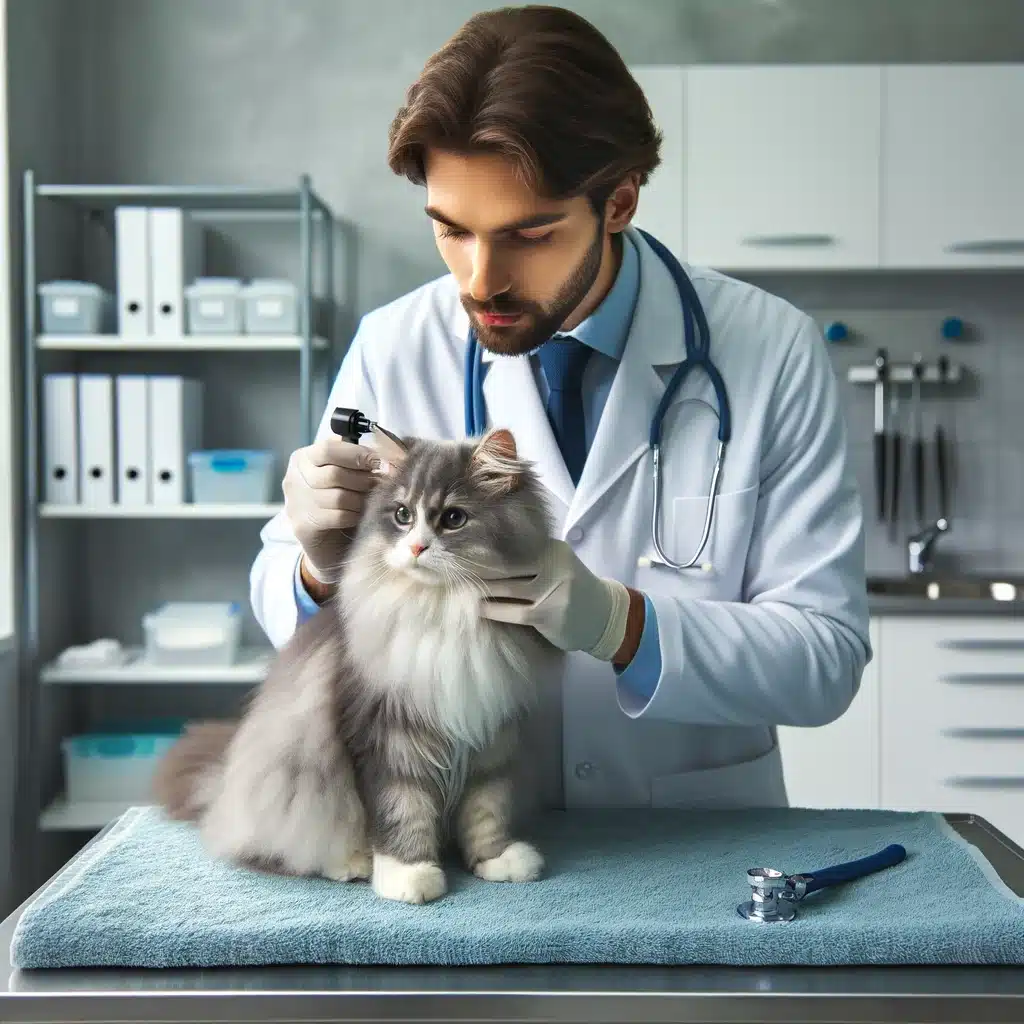
Administering medication to your pet, especially in sensitive areas like the ears and eyes, can be daunting. However, with the right approach and techniques, you can ensure your furry friend receives the care they need without stress or discomfort for either of you. This guide provides step-by-step instructions and professional veterinary guidance to make the process smoother.
Preparing to Administer Ear Medication
Before administering ear medication, familiarize yourself with the process and gather all necessary supplies. Ensure the medication is at room temperature to avoid startling your pet. The Dogs Trust offers comprehensive advice on preparing for and administering ear medication effectively.
Step-by-Step Ear Medication Application
- Secure the Medication: Hold the medication in one hand and remove the cap. Restraint is key; gently hold your pet’s head to prevent sudden movements.
- Application: Tilt your pet’s head slightly, gently pull the ear flap up to expose the ear canal, and apply the prescribed amount of medication without inserting the nozzle too deeply.
- Massage: After application, massage the base of the ear to distribute the medication evenly.
Administering Eye Medication
Understanding the Importance of Eye Care
Eye health is crucial for your pet’s overall well-being. Whether it’s applying eye drops or ointments, proper technique is essential to avoid injury and ensure the medication is effective.
Step-by-Step Eye Medication Application
- Restraint: For smaller pets, a gentle wrap in a towel might suffice. For larger pets, you may need assistance to hold them still.
- Medication Preparation: Open the medication container and hold it ready in your dominant hand.
- Application Technique: Use your non-dominant hand to gently pull down the lower eyelid, creating a small pocket. Carefully administer the medication without the container touching the eye. For detailed instructions, refer to the resources provided by VCA Hospitals on applying eye ointments.
Aftercare
Following the application of ear or eye medication, offer your pet a treat as a reward. This not only helps in creating a positive association but also comforts them after the procedure.

Advanced Tips for Medication Administration
Building Trust and Comfort
Creating a calm environment is crucial for a stress-free medication application. Use a soothing voice and gentle petting to reassure your pet before, during, and after administering medication.
Choosing the Right Time
Administer medication during a quiet time of day when your pet is most relaxed. Avoid times when your pet is playful or anxious.
Practice Makes Perfect
Consider practicing the motion of applying medication without actually administering it to get your pet accustomed to the process. This practice can help reduce resistance during actual medication administration.
Special Considerations for Different Pets
Recognizing the Differences
Different pets may require different approaches. For example, cats may require a more gentle approach compared to dogs. Additionally, the size of your pet can influence the best way to restrain them safely.
Consulting with a Professional
For pets with specific needs or behavioral issues, consulting with a veterinarian can provide tailored advice. Veterinarians can offer demonstrations or recommend techniques suited to your pet’s temperament.
Frequently Asked Questions
How often should I administer medication to my pet’s eyes or ears?
Always follow the prescription provided by your veterinarian. The frequency can vary depending on the medication and the condition being treated.
What should I do if my pet resists medication?
Remain calm and patient. Try to make the experience as positive as possible, using treats and gentle reassurance. For persistent difficulties, consult with your veterinarian for advice or alternative methods.
Can I use human eye or ear medication on my pet?
No, never use human medications on your pet unless specifically advised by a veterinarian. Pets require formulations tailored to their specific needs.
In conclusion, administering ear and eye medication to your pet is a critical aspect of pet health care. By following these guidelines and utilizing resources like those from Cornell University and Pet Health Network, you can ensure the process is safe and stress-free for both you and your pet.










